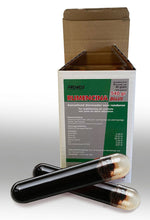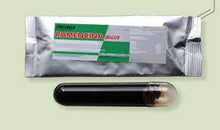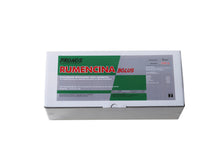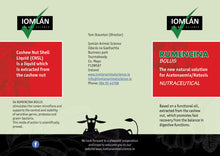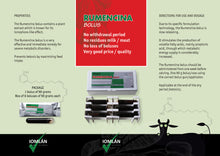
Rumencina bolus is the new natural solution for Ketosis (acetonaemia). It is based on a functional oil extracted from the Cashew nut which promotes fast recovery from the balance in digestive functions.
The Rumencina bolus contains a plant extract that has an ionophore-like effect. It is a very effective and immediate remedy for severe metabolic disorders. Prevents ketosis by maximising feed intake.
- No withdrawal period
- No residues meat/milk
- No loss of boluses through animal
- Quality product at good value
The technology in the bolus means that the product is slow releasing to the animal. It stimulates the production of volatile fatty acids (VFAs) mainly propionic acid through which metabolic energy supply is considerably increased. With a scientifically proven mode of action.
Application
The Rumencina bolus should be administered from one week before calving. One 90g bolus/cow using the correct bolus gun applicator.
Dosage:
- 1 90g bolus/cow
Ketosis
Ketosis is a metabolic disorder that occurs in cattle when energy demands (e.g. high milk production) exceed energy intake and result in a negative energy balance. Ketotic cows often have low blood glucose (blood sugar) concentrations.
When large amounts of body fat are utilised as an energy source to support production, fat is sometimes mobilised faster than the liver can properly metabolise it. If this situation occurs, ketone production exceeds ketone utilisation by the cow, and ketosis results.
Ketosis is a metabolic disease which usually occurs in cows in early lactation. At this time the cow’s appetite is depressed after calving and energy intake cannot meet the increasing demand of the rising milk yield. This period of ‘negative energy balance’ is normal in all newly calved cows but it is the level at which this happens that is important.
To meet energy requirements, the cow loses weight by mobilizing back fat which is then transported (as NEFAs) to the liver and broken down to release energy. During periods of high energy demand the liver cannot fully utilize the fat and metabolites known as ketones, such as acetone and betahydroxybutyrate, are produced. If too much weight is lost, these ketones overflow into the blood resulting in a further depression of appetite and subsequently reduced milk yield.
Typically, cows will lose 0.5 in body condition score from calving to service but many lose more than that. Fat cows already have lower dry matter intakes post calving and so their body condition score drops even more, taking them to the point of ketosis. Cows that have been dry for a long period of time or cows that have some sort of metabolic disease during calving, or dystocia, are also more susceptible to ketosis.
According to research approx. 30% of all cows have what is called hidden Ketosis.
The direct costs of ketosis include the input by the vet and herdsperson, drugs, discarded milk and reduced yield. Longer term problems are extended calving intervals, higher cases of cystic ovaries, LDAs, retained foetal membranes and metritis.
Symptoms
- Reduced milk yield
- Weight loss
- Reduced appetite
- Dull coat
- Acetone (pear drop) smell of breath/ or milk
- Fever
- Some develop nervous signs including excess salivation, licking, agression etc.
When to use;
- Cows that are susceptible to Ketosis
- Cows carrying twins
- Thin cows
- Over fat cows
- High yielding cows





